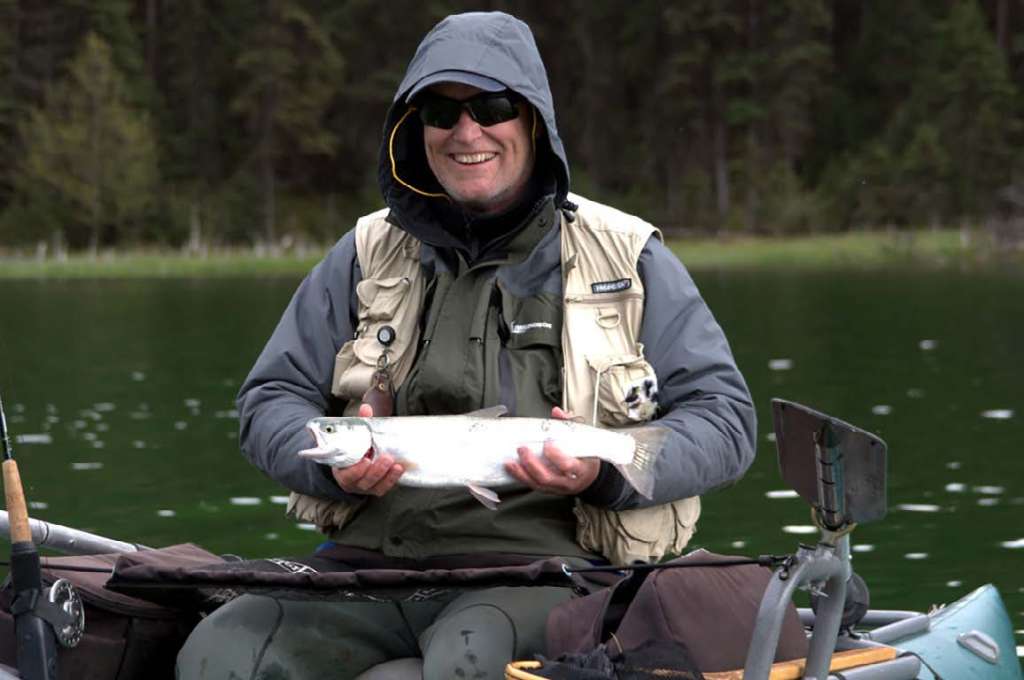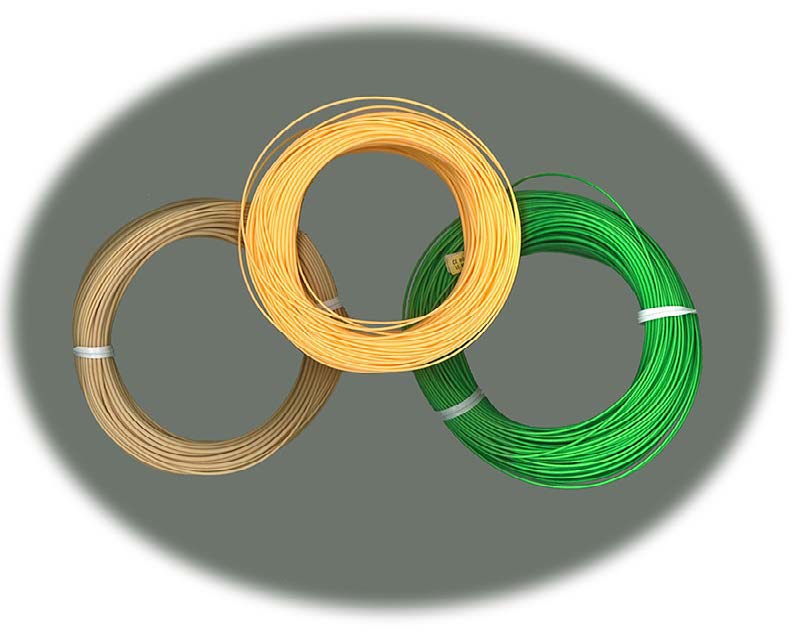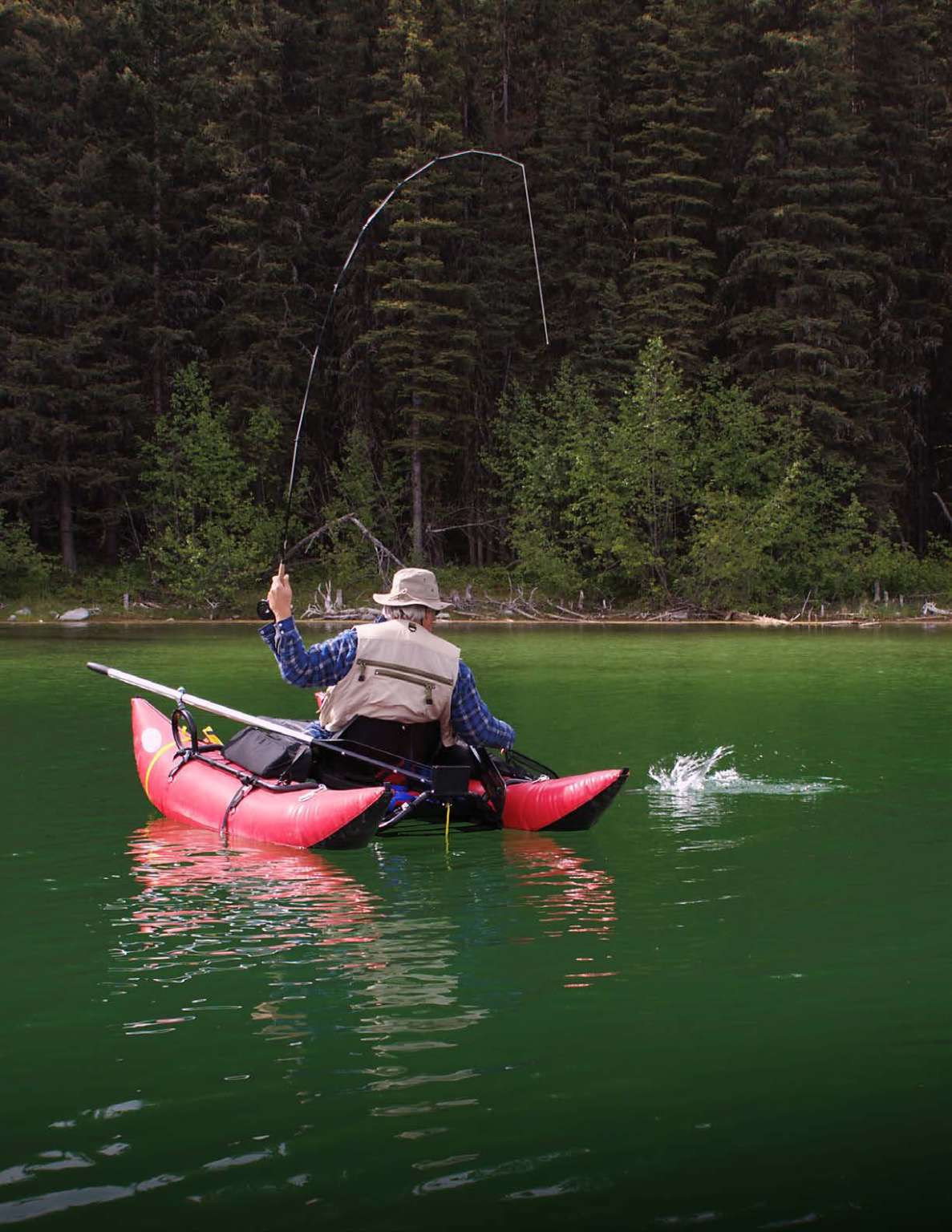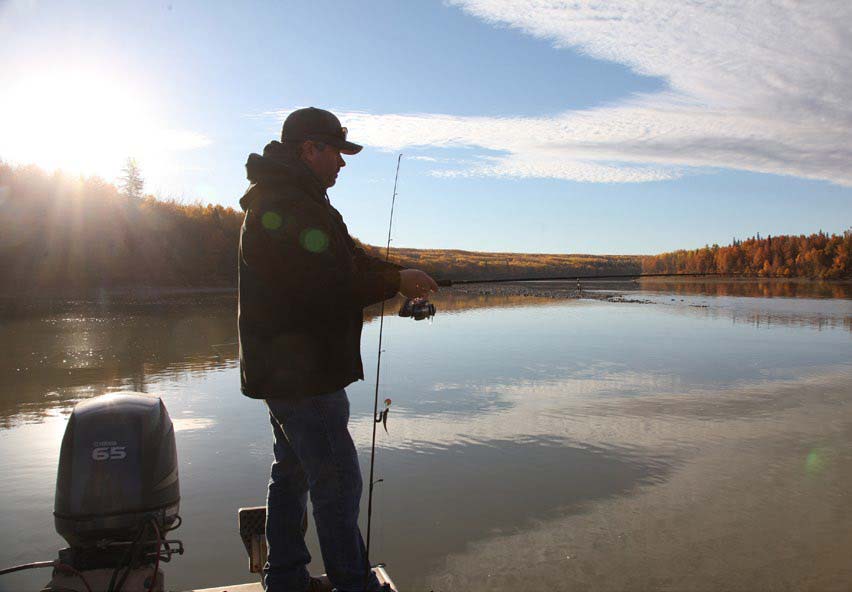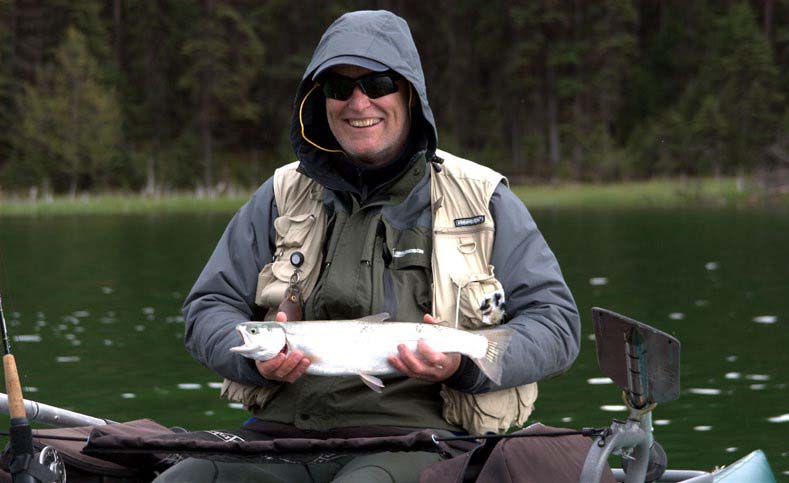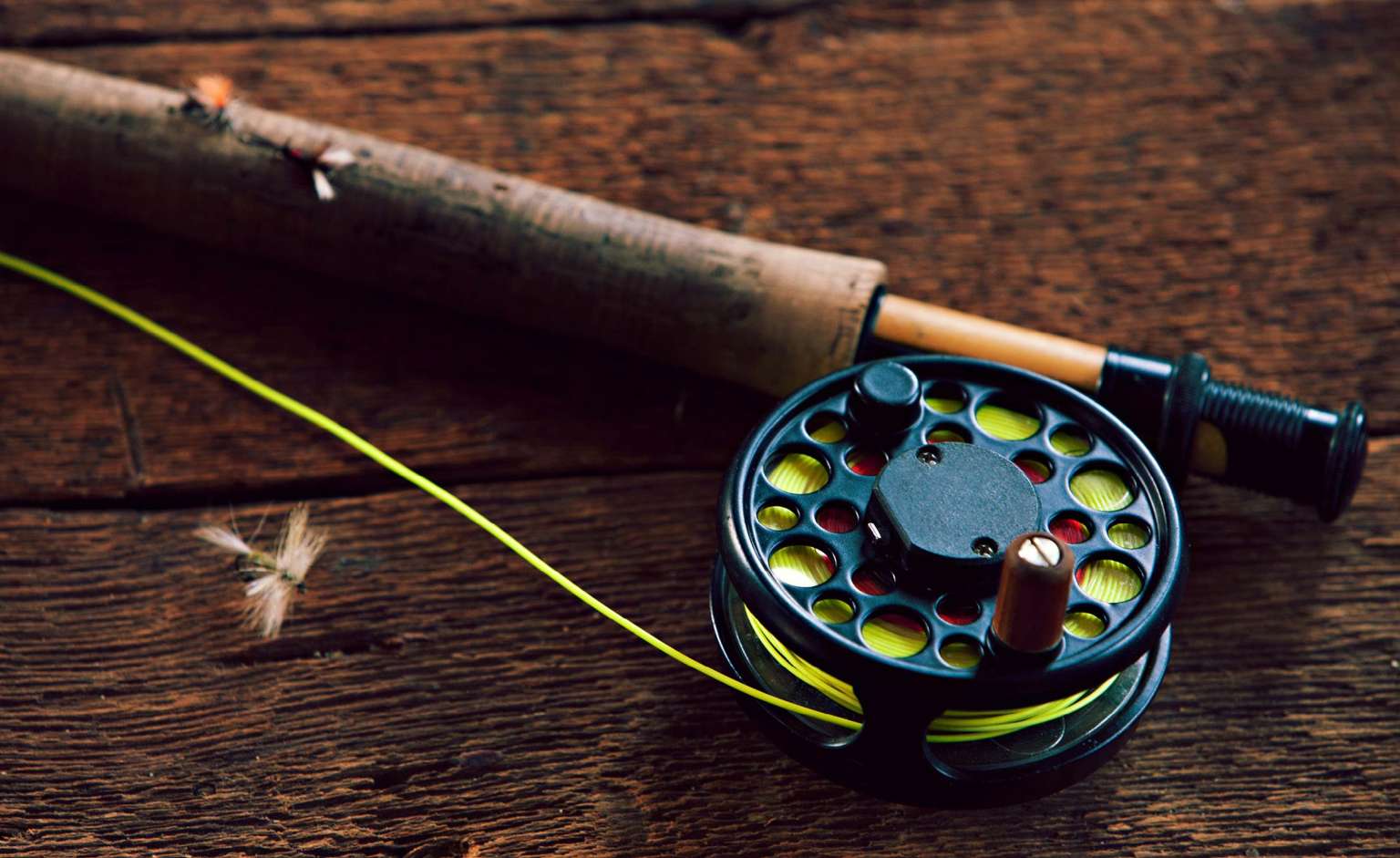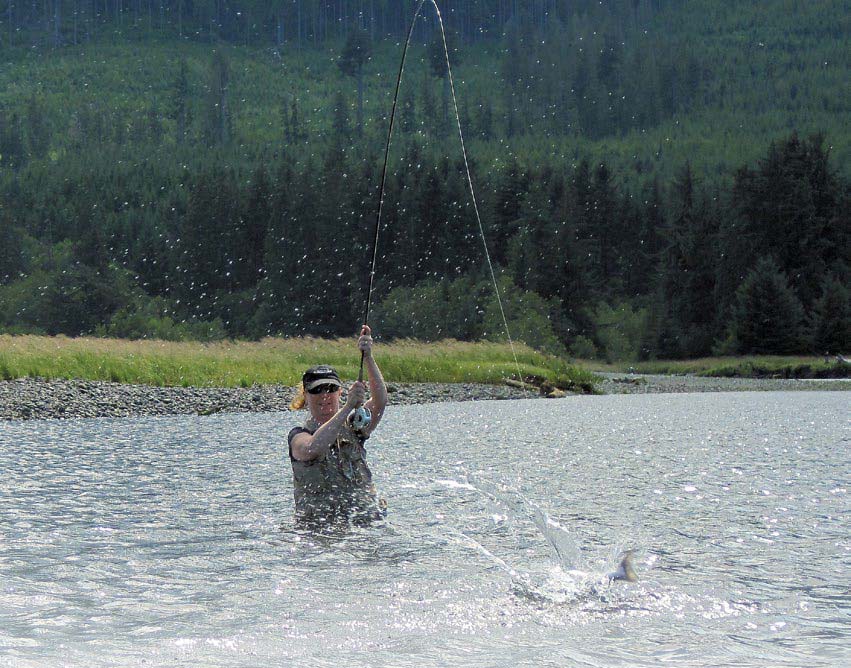Author: William Luscombe
Born and raised in BC, Bill has been fishing and hunting since he could walk; maybe longer but he can’t remember that far back. He has fished and hunted throughout British Columbia. Since moving to southern Vancouver Island in 1982, Bill has branched out into saltwater fly-fishing as well. Estuary salmon, both pink and coho have become a passion for his fly-fishing. Bill is a well-known fly-fishing instructor, firearms instructor and outdoor writer, having instructed and written for numerous fishing and outdoor magazines both in Canada and the US since 1988.
Every angler knows the importance of keeping flies organized and in good condition, and a reliable fly box is the key to achieving this. From compact options for chironomids to larger boxes for salmon flies, fly boxes come in a variety of sizes and materials tailored to specific needs. Whether you’re wading deep in rivers or fishing from the shore, selecting the right fly box can make a world of difference. Dive into this guide to discover the different types, materials, and features that will help you choose the perfect fly box for your next adventure. Regardless of the type or…
Now that we’ve got our rods and lines altogether and we are ready to go fishing, we need a bunch of “stuff” to help us fish efficiently. This is where some of the real fun happens. Getting your “stuff” is like being six years old and turned loose in a candy store again. Obviously, you are going to need flies to fish with, but we will deal with those in more detail in other articles. Right now, we are going to talk about what we need to pack around with us routinely to make life easier while out on the…
Fly lines are generally around 25 to 30 yards long. That might seem like a pretty good distance, but believe me, it’s not very far when a fish wants to run away from you when it’s hooked. In addition, because the tip of the fly line is far too thick to tie a fly to, there needs to be another option. So, what to do? That’s why fishermen use backing, leaders and tippets. Backing A mistake many self-taught fly anglers initially make is tying the butt end of the fly line onto their reel arbor. That’s a bad idea. The…
Many people, especially beginners, find it baffling when they start looking at lines and rods and reels in combination with one another. It’s not all that complex once you understand the elements that control how they all fit together. The type of rod and reel to buy is dependent upon what “weight” of line you’re using. Line weight and function controls everything in terms of the rest of your tackle. The vast majority of fly lines are about 75 feet long, and they come in various weights, tapers, functions, and colors. Depending upon where you are fishing, what you are…
“How do I pick a fly rod?” It’s certainly a valid question, and although experienced fly-fishers often look at beginners who ask this with a wondrous eye, it is probably the first really good question that beginners ask. Fly rods are not complicated pieces of equipment. Like any other rod, they have basic components: the blank, butt section, tip section, ferrule, handle, guides, and reel seat. They also come in various “actions”— slow, moderate, and fast, as well as different lengths and weights. The rod blank is the rod itself without the handle, guides, or anything else. The blank can…
Your fly-fishing system consists of numerous parts. Backing, fly line, leader, and tippet all form a critical piece in a tapered fly line system and are joined together by knots or loops to form a single strand that connects you to the fish. If one of these parts fails or if one knot fails, the entire system fails, and you lose the fish and perhaps much more. Let’s jump in and start assembling these essential fly-fishing knots in a way that ensures that they don’t come disconnected at the wrong time. The Nail/Tube Knot: There are three tried and true…
For decades I have used a 12 gauge shotgun to hunt grouse. I even bought a second 12 gauge pump with a 26-inch barrel and adjustable chokes just for that purpose. In the past few years though I have been realizing that, although the 12 gauge is effective, it is actually a lot more gun than I need for grouse. I started investigating smaller bores and finally bought a 20 gauge, but found that even that gun was more than I needed or wanted for short range grouse shooting. I then turned my focus to the .410 bore; it seemed…
Thank the Lord spring has arrived. I don’t know about you but I’m ready to get out and do some serious recreating, which in my case means fly-fishing. April through June are arguably the best months to fly-fish. The midge hatches will be starting first and with them comes some of the best fishing of the season. The fish are a bit thin and slow in early spring because of winter’s cold temperatures and lack of food, but as the water warms, they become livelier and their appetites leave them vulnerable to the angler’s offerings. The first week of ice-off…
As great as a nicely functional, good casting rod can be, the rubber hits the road to the greatest degree with your fly reel. Get a bad reel and you’ll suffer nothing but frustration and lost fish. A good one, on the other hand, can let you completely forget about that aspect and focus on what really matters: the fish. Let’s look at how you can end up with a great reel. Fly reels consist of a few simple parts. There is a body or housing, a spindle, a drag system, and a spool with a handle (or two), and/or…
I have been fishing pretty much all of my 62 years, and have fly-fished and taught fly-fishing for 30 of those years. I that time I have committed and witnessed many mistakes. Below is a list of the most common. Keep them in mind when you next hit the water and you’ll fair better. 1. False Casting Too Much: Many of my students, and many seasoned fly-fishers still keep their line in the air too long. Remember, false casting is just a means to an end. False casting is used to quickly extend line and change targets; that is all.…







